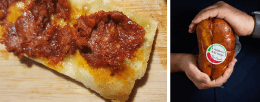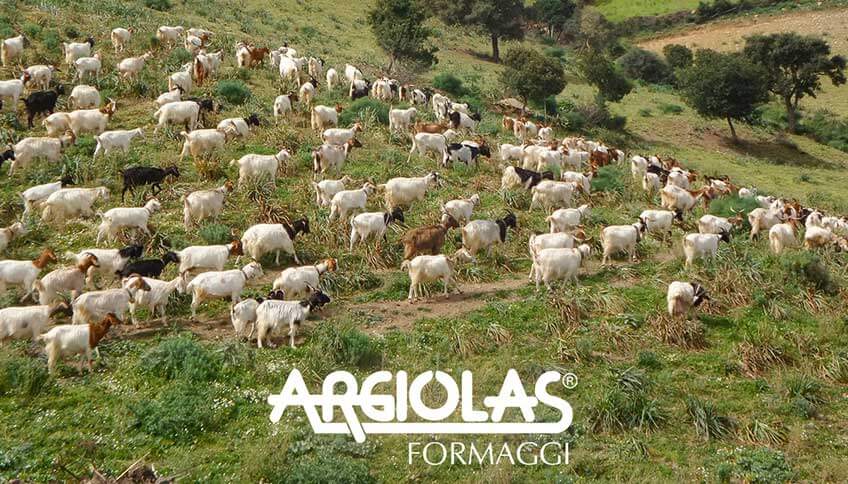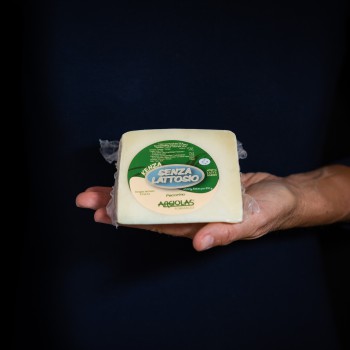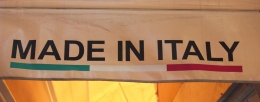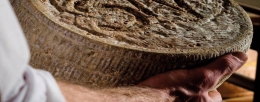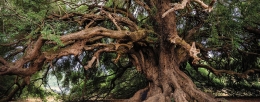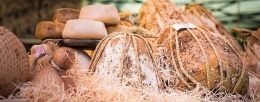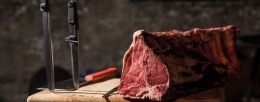Ferragosto is approaching, whip out the picnic baskets! What are we taking? All quick preparations to make and practical to carry and eat - dishes and cutlery are hardly needed! The secret? The best Italian cured meats.
Yes to cheese, but lactose-free: here’s how!
Is it possible to combine cheese with lactose intolerance? Are there products for lactose-intolerant people that are safe as well as good and natural? Fortunately yes, and we have a gem in store named Kenza that you just can’t miss!
But let’s proceed in order. First of all, we need to understand what lactose is and what it means to be lactose-intolerant, then we need to see what lactose-free cheeses are and how they are produced.
Lactose: more and more intolerances
Let’s make one thing perfectly clear: allergy and intolerance are not the same thing. Allergies are caused by an exaggerated reaction of the immune system against an antigen, while intolerances are always abnormal reactions of the organism to a foreign substance, but there is no impairment of the immune system.
That being said, lactose intolerance is the inability of the body to properly digest lactose, the sugar contained in milk. This happens because the small intestine lacks lactase, the enzyme that can "process" lactose and break it down into glucose and galactose.
Those who are allergic to lactose cannot consumemilk and dairy products, such as butter, cream and fresh or slightly aged cheeses.
Some cheeses are naturally lactose-free. Like, for example, most mature cheeses, because ripening naturally transforms lactose into lactic acid.
There are also other cheeses that are good for lactose-intolerant people because the lactose content has been removed, which means their lactose has already been broken down into glucose and galactose, making it easier to digest.
How is lactose-free cheese made?
Fresh cheeses are off limits to lactose-intolerant people, which is a shame, considering how good they are.
However, more and more companies are adjusting and it is not strange to find a lactose-free version of mozzarella, stracchino, ricotta and mascarpone cheese.
The process itself is nothing special. Lactase, the enzyme capable of breaking down lactose into glucose and galactose that is lacking in lactose-intolerant people, is added to milk.
Are these cheeses lactose-intolerant-proof? Certainly, because in Italy the "lactose-free" title can only be used for products that contain less than 0.1 grams of lactose every 100 grams, a really small number.
But are these cheeses good? Wrong question, it would be like asking if all stretched-curd or blue cheeses are good. The only possible answer is "it depends". Production technique aside, it depends on the milk, which in turn depends on the pastures.
KENZA, the lactose-free cheese
A truly delicious lactose-free cheese is Kenza by Argiolas Cheeses. It is a young and fresh pecorino, exactly the kind of cheese that lactose-intolerant people dream of at night but fear by day.
The milk is 100% Sardinian sheep, the paste is compact, white and almost devoid of holes. The taste, as well as the aroma, is delicate. You can taste the fresh milk and you can smell all the scents of fresh herbs from natural pastures.
By the way, Kenza is a raw paste kind of cheese. And as we have already seen about Italian uncooked cheeses, the heating temperature does not exceed 42°C. This way the fat concentration only occurs by dehydration and the cheese’s consistency remains soft thanks to the rather high percentage of water.
Pairings and taste ideas
Kenza is THE Sardinian pecorino everyone loves. Its taste, in fact, it’s not different from a classic young pecorino, if we do not consider the excellence of milk and its processing, both traditional and innovative.
It’s a fantastic cheese, but it’s not the absence of lactose that makes it great. That, if anything, is an essential plus for all lactose-intolerant people, but do not think that this cheese is just for them. Even if lactose doesn’t bother you, believe me, this is a cheese to be jealous of.
What can we pair it with? With everything that you usually pair with a pecorino cheese, from cold cuts to honey, from a hot schiacciata flat bread to dried fruit.
As they say in Tuscany, it is fabulous with bean pods, but you can also try it diced in couscous or on baked pasta or vegetables au gratin.
Argiolas Cheeses, an institution in the Sardinian dairy scene
Behind Kenza pecorino cheese there is a dairy farm that is a real institution. We’re talking about Argiolas Cheeses, an active business in Sardinia for almost 70 years.
In the 60s the Enni and Eligio Argiolas brothers built their first warehouse for maturing, shortly followed by the cheese factory in Dolianova, at the foot of the lush hills on which the shepherds lead the sheep to pasture.
The pastures, where everything starts
Cheese owes its taste to milk, which in turn owes it to the animal’s nutrition. The quality of the pasture can make all the difference in the world when it comes to aromas, scents and notes.
The Kenza lactose-free pecorino cheese, as well as the other Argiolas Cheeses products in our catalog, is produced exclusively with semi-wild sheep’s milk. The pasture on the green hills of Parteolla, rich with a wide variety of wild herbs, gives the milk a simply incredible complexity of aromas.
Let me tell you, our Kenza pecorino cheese is so good that your lactose intolerant friend will be just an excuse to get it the first time, because once tried it’s impossible not to fall in love with it!






















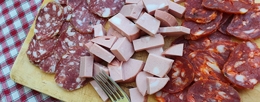
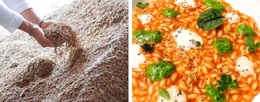
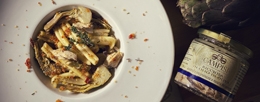

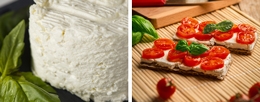
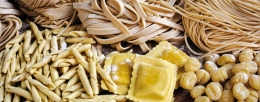
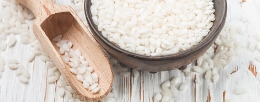
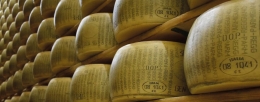
.jpg)
